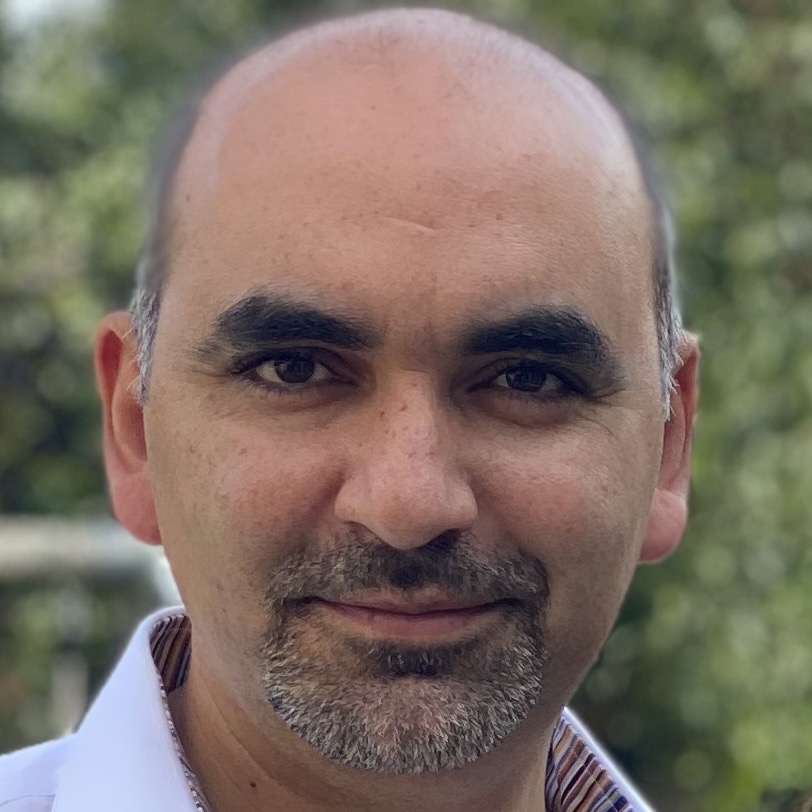My Elbow Hurts When I Play Golf: Could It Be Golfer's Elbow?
- Mustafa Alnaib

- Jan 13, 2023
- 3 min read
Updated: Nov 8, 2023
Golfer's elbow, also known as medial epicondylitis, is an elbow condition that is common among golfers, but can also occur in other athletes and individuals who engage in repetitive arm movements. It is a painful condition that occurs when the tendons that attach the muscles of the forearm to the elbow become inflamed and strained.
Symptoms of golfer's elbow include pain and tenderness on the inside of the elbow, weakness in the hand and wrist, and difficulty gripping objects. The pain may also radiate down the forearm and into the wrist. In some cases, the elbow may feel stiff and swollen.

What causes Golfer's Elbow and how to diagnose it?
The most common cause of golfer's elbow is overuse of the muscles and tendons in the forearm. This can happen when a golfer swings a club too often or with improper technique, or when other athletes engage in repetitive arm movements such as throwing a ball or lifting weights. Poor posture and inadequate warm-up and stretching can also contribute to the development of golfer's elbow.
Golfer's elbow can be diagnosed through a physical examination and medical history. The doctor will ask about the individual's symptoms and any activities that may have contributed to the development of problem. They will also perform a physical examination of the elbow, looking for signs of pain and tenderness on the inside of the joint.
In addition to the physical examination, the doctor may also order imaging tests such as X-rays, Ultrasound (which can be performed in clinic) or MRI to confirm the diagnosis of golfer's elbow and rule out other potential causes of elbow pain.

Overall, the diagnosis of golfer's elbow typically involves a combination of the patient's symptoms, the physical examination, and imaging tests. By evaluating all of this information, the doctor can confirm the diagnosis and recommend the best course of treatment.
What is the role of Ultrasound Scanning in Golfer's Elbow?
Ultrasound can be used to diagnose golfer's elbow and monitor its progression. The ultrasound machine uses sound waves to produce an image of the elbow, allowing the doctor to see the structures inside the joint and assess the extent of the injury.
Ultrasound can be particularly useful in identifying golfer's elbow because it allows the doctor to see the tendons that attach the muscles of the forearm to the elbow. This can help confirm the diagnosis and rule out other potential causes of elbow pain, such as tennis elbow or arthritis.
In addition to diagnosis, ultrasound can also be used to guide treatment for golfer's elbow. For example, the doctor may use ultrasound to guide the injection of medication into the elbow, or to monitor the response to physical therapy exercises.
Overall, ultrasound is a valuable tool in the diagnosis and management of golfer's elbow. It can provide important information about the injury and help the doctor determine the best course of treatment. Watch this video from ACTIVATE to find out more about Ultrasound Scanning.

Can Golfer's Elbow be prevented?
To prevent golfer's elbow, it is important to warm up properly before playing golf or engaging in other activities that use the muscles and tendons in the forearm. Using proper technique and avoiding overuse of the arm can also help prevent the development of this injury. Golfers can also switch to clubs with larger grips, which can reduce the strain on the muscles and tendons in the forearm.
What are the treatment options for Golfer's Elbow?
Treatment for golfer's elbow typically involves rest, ice, and non-steroidal anti-inflammatory drugs (NSAIDs) to reduce pain and swelling. Physical therapy may also be recommended to stretch and strengthen the muscles and tendons in the forearm. In some cases, injections or surgery may be necessary.
Steroid injections can potentially be helpful in the treatment of golfer's elbow. The steroids, which are powerful anti-inflammatory medications, can be injected around the flexor tendon origin at the elbow to reduce swelling and pain. This can provide relief from the symptoms of golfer's elbow and allow the individual to resume their normal activities. It is important for individuals who receive steroid injections for golfer's elbow to also receive other forms of treatment, such as physical therapy, to address the root cause of the injury and prevent it from recurring as part of a comprehensive and personalised treatment plan under the guidance of a qualified healthcare provider.

In conclusion, golfer's elbow is a common injury that can be painful and debilitating. By taking steps to prevent the injury and seeking proper treatment when it occurs, golfers and other athletes can continue to enjoy their favourite activities without being held back by pain and discomfort.
If you are experiencing symptoms of Golfer's Elbow or have any elbow pain or discomfort, please get in touch and book your appointment at ACTIVATE Musculoskeletal Clinic in Kent.

About the Author: Dr. Mustafa Alnaib MBChB, MRCS, MSc, FEBOT is an orthopaedic surgeon, musculoskeletal doctor and Clinic Director at ACTIVATE Musculoskeletal Clinic in Kent.





Comments